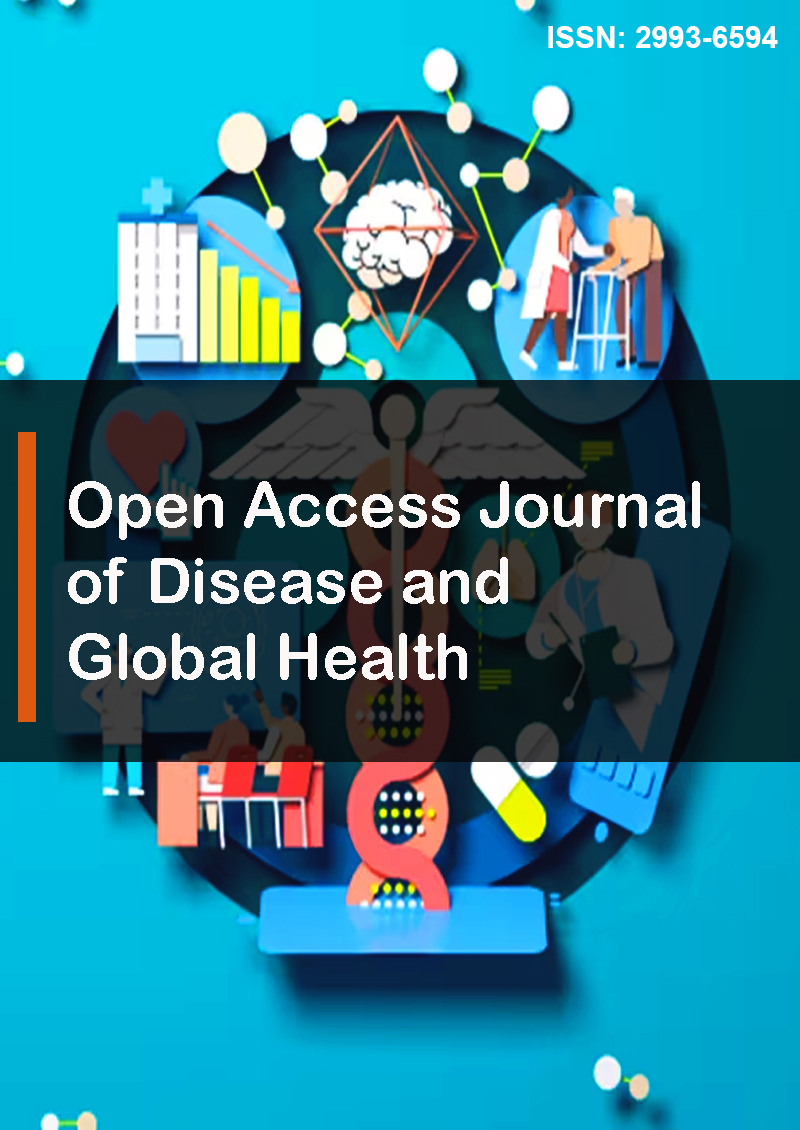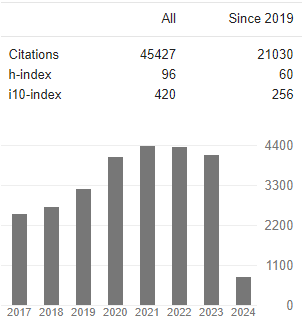Review on Antimicrobial Resistance: Mechanisms of Spread and Novel Approaches to Diagnostics
Abstract
Abdu Muhammed
Multidrug-resistant (MDR) microorganisms and a dearth of new antibiotics have made antimicrobial resistance an issue for global public health. Through direct contact, the food chain, or pollution of the shared environment, zoonotic diseases and resis- tance bacteria can spread from animals to people. Genes that provide resistance can be horizontally transferred between bacteria through conjugation, transduction, or transformation. As there are numerous ways that antibiotics can prevent bacterial growth and reproduction or kill existing bacteria, there are numerous ways that bacteria can become resistant to antibiotics. Currently, various methods are employed to detecte antimicrobial resstance(AMR) genes.These includes includes polymerase chain reaction (PCR), quantitative real time PCR (RT-PCR), multiplex PCR, whole genome sequencing(WGS), DNA microarray, metagenomics and Matrix- assisted laser desorption ionization- time of flight mass spectrometry (MALDI-TOF-MS) arenew methods in future (AMR) characterization. Ethiopian government authorities are not well-versed in the ethical use of medications in veterinary care, and they have little control over pharmaceuticals. The two main agencies interested in this issue are the Ministry of Agriculture and Natural Resources and the Ministry of Health.The emergence, prevalence, and development of antimicrobial resistance were made possible by drug residue, drug usage, abuse, and overuse.Therefore awareness creation should be conducted on rational use of drugs for the community and other stake holders and research needs to be developed on the best ways to mitigate the de- velopment of antimicrobial resistance.




